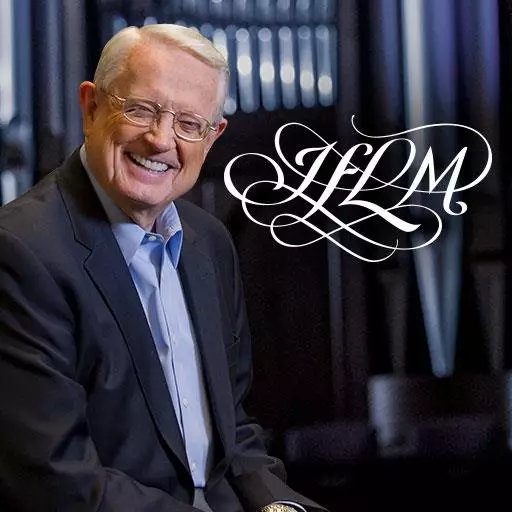“Papa, papa,” the boy pointed to a stack of twelve stones as he yanked on his grandfather’s tunic. “What do these stones mean?”
“Oh Jacob, let me tell you a story about our Lord’s hand of deliverance. . . .”
After forty years of pitching tents and digging graves, the children of Israel finally crossed the Jordan River into the Promised Land. Before God let them loose to replace manna for grapes and lukewarm water for milk and honey, He commanded them to build a curious monument out of twelve stones:
Now when all the nation had finished crossing the Jordan, the Lord spoke to Joshua, saying, “Take for yourselves twelve men from the people, one man from each tribe, and command them, saying, ‘Take up for yourselves twelve stones from here out of the middle of the Jordan, from the place where the priests' feet are standing firm, and carry them over with you and lay them down in the lodging place where you will lodge tonight.’” (Joshua 4:1-3)
Once the men hauled the river stones to the designated spot, God continued:
"Let this be a sign among you, so that when your children ask later, saying, ‘What do these stones mean to you?’ then you shall say to them, ‘Because the waters of the Jordan were cut off before the ark of the covenant of the Lord; when it crossed the Jordan, the waters of the Jordan were cut off.’ So these stones shall become a memorial to the sons of Israel forever." (Joshua 4:6-7)
Trust me; no child treated this heap of stones like a jungle gym. These formed a visible memorial of God’s enduring faithfulness. They were legacy stones. Sitting on the banks of the Jordan River that day, the Israelites learned an object lesson on how to create a legacy. Think for a moment, where are your physical reminders of God’s legacy in your life?
This passage in Joshua prompted me to think of three words. First, create. God wants us to go to the trouble of establishing historic markers. Notice I said, “Go to the trouble.” Creating legacy reminders is not easy. These were big stones. They needed to be chosen, hauled, stacked, and then maintained as a lasting reminder of God’s faithfulness.
Now, your historic markers may not be stones. Maybe you create a plaque with a statement about His character, or start a prayer journal with His answers permanently scripted in ink, or frame a handwritten copy of your salvation experience. But whatever you decide, it will take creative thinking followed by intentional and deliberate action.
Second, remember. God cares about our remembering Him and what He has done. Memory is a wonderful thing, but it fades as time passes. We get old so quickly. I remember hearing my friend Jim Dobson say, “About the time your face clears up, your mind gets fuzzy.”
Ever find yourself playing the name game? Cynthia and I spend time saying, “Remember, ah, ah . . .” And she’ll say, “Yeah, her name is Mary.” And I’ll say, “Right. Right.” I remember when she . . .” “Yeah, she did so-and-so.” “Yeah, that’s right. That’s right.” One of the many benefits of living together long enough, the other can finish your sentences.
But God doesn’t want us EVER to forget what He has done, or who He is. Unfortunately, we remember our failures far more than God’s faithfulness. We remember tragedies and forget about triumphs. Physical reminders of His provision help us refocus our thoughts on Him when we lose a job or go through economic downturns. Monuments of His mercy comfort us when our children are rebellious. Reflections on His character give us courage for the future.
Number three, impart. God cares that our children remember Him and what He has done. It’s the home where life makes up its mind, where life underscores its etchings. God is deeply concerned that the next generation learns about Him. That happens best through us. The story about my grandson and his five stones in this newsletter is a perfect example of passing down Truth through tangible memories.
Before leaving on long trips or family vacations, Cynthia and I would usually pray in the car with the kids. It became such an expected practice that if we took off in a hurry, one of the children would pipe up, “We forgot to pray!” We’d pull over immediately and settle the issue. Of course, right after we said, “Amen,” one of the four would snap, “Are we almost there?”
Children learn by repetition. I don’t know how many times our adult children, now with children of their own, say, “How many times do you have to say the same thing for them to get it?” My answer is always the same, “More than you wish.” You have to do it over and over until it’s habit. If a picture is worth a thousand words, a lasting legacy is worth a million.
Create. Remember. Impart. Do you have any legacy stones in your life right now? If not, its time to create a few. That’s why I am so excited about our newsletter theme this year: Create a Legacy.
Each month this year we will help you create a legacy in an area of your life. And we’re going to help you with a handy bookmark each month. It’s a physical reminder to:
- Create—establish a legacy stone in conjunction with the monthly theme.
- Remember—we provide some verses and quotes to help prompt reflections on God’s character and His works.
- Impart—pass on your legacy to your family or your close friends.
Taken from Charles R. Swindoll, “Creating a Legacy: Preparing the Stones,” Insights (January 2004): 1-2. Copyright © 2004 Insight for Living. All rights reserved worldwide.



